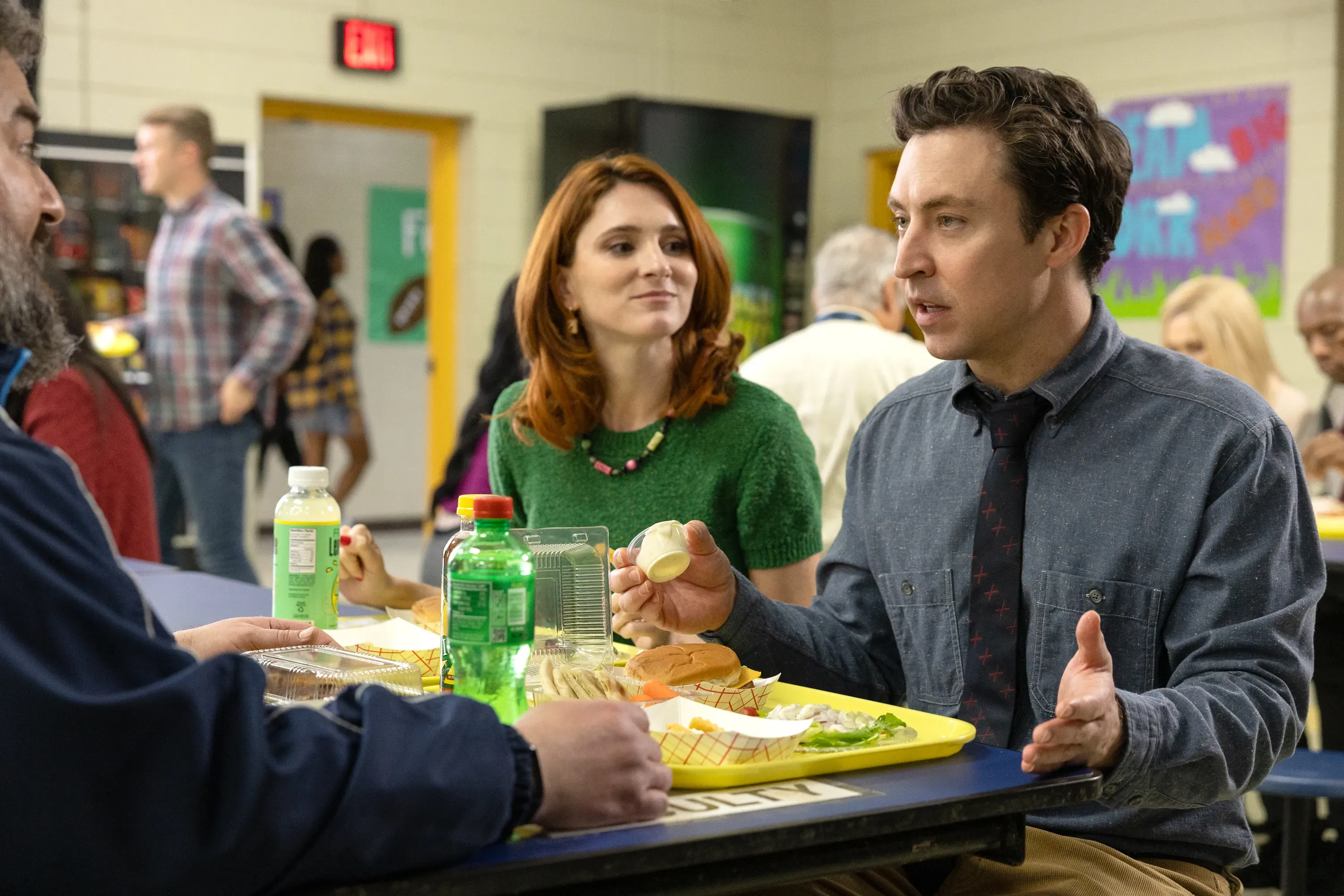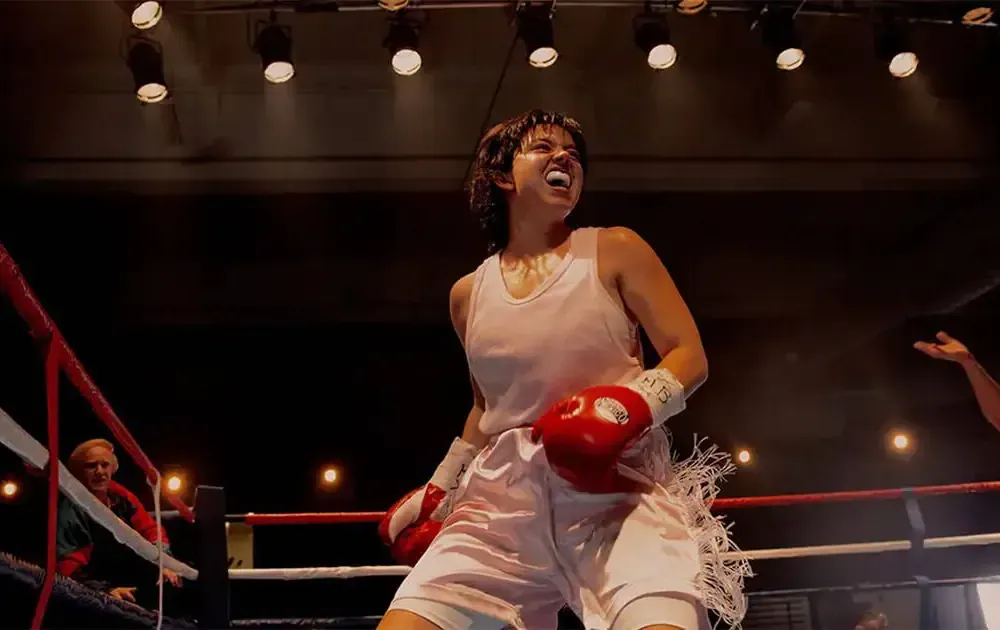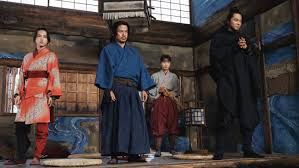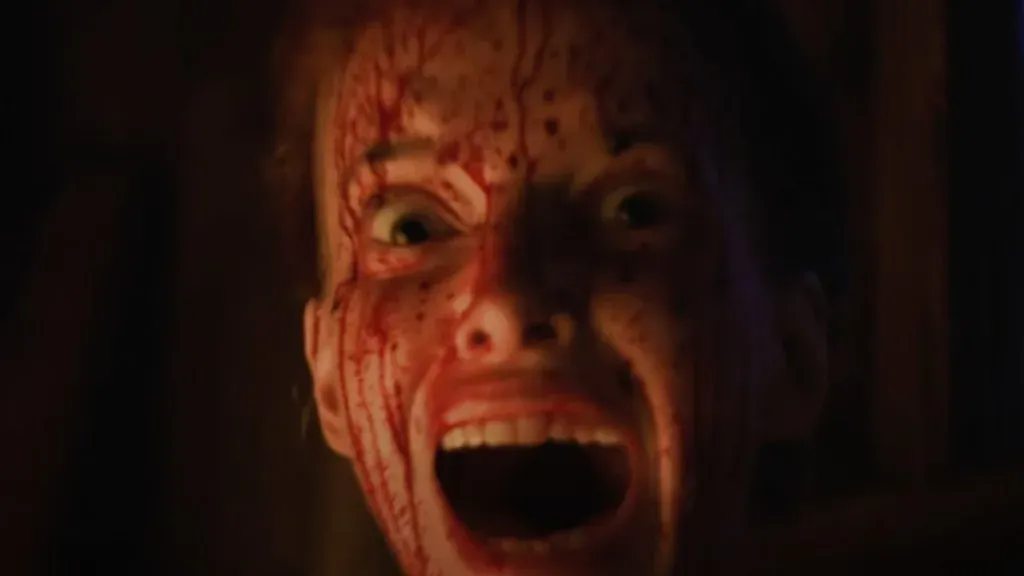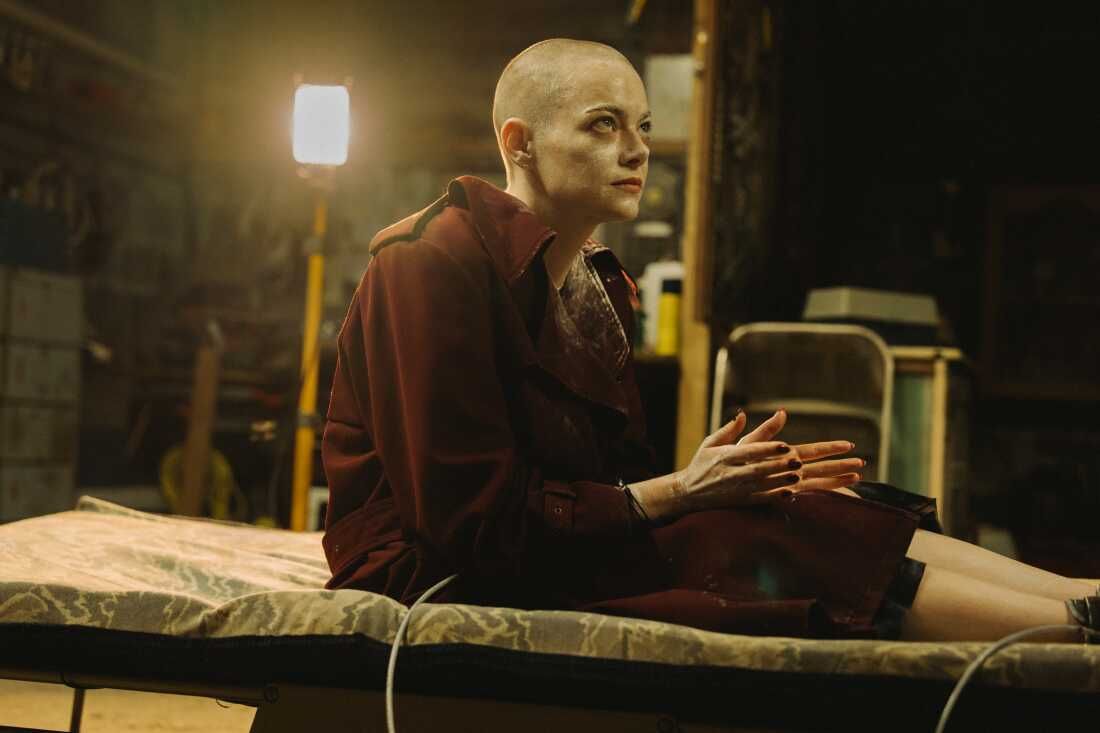
The Devil on Trial (2023) - Documentary Review
- Oct 23, 2023
Unraveling the veracity of Arne Cheyenne Johnson's assertion that demonic possession drove him to murder his landlord, Alan Bono, in the notorious 1981 "devil made me do it" case in Connecticut, is not a task I can undertake. However, what stands glaringly apparent is director Christopher Holt's documentary, "The Devil on Trial," and its inability to provide a lucid or definitive perspective on these perplexing events.
The film sets an ambitious goal for itself: to weave a convincing narrative around a tale that is as unsettling as it is enthralling. This narrative revolves around the purported demonic possession of a young boy, followed by an exorcism - events that were shepherded by the renowned, self-proclaimed paranormal investigators, Ed and Lorraine Warren. These incidents served as a loose foundation for the cinematic portrayal seen in "The Conjuring: The Devil Made Me Do It."
Central to the story is Johnson's alleged inadvertent act of beckoning the demon - initially haunting the child - to take refuge within him, a fateful decision that purportedly precipitated the violent turmoil that followed.
In a bold claim, the documentary asserts the authenticity of its materials, stating that "all the audio recordings and photographs" utilized in the film are genuine. However, it becomes increasingly evident that the documentary's fidelity to truth is tenuous, overshadowed by a palpable disinterest in maintaining journalistic rigor.
The images, which are positioned as undeniable attestations of paranormal interference, are subjected to such aggressive digital enhancement and manipulation that their connection to reality is rendered tenuous at best. Furthermore, the antiquated and muffled audio recordings offer little in the way of solid evidence. Recognizing their lack of persuasive power, the filmmakers resort to embellishing these recordings with an array of sound effects and an overly dramatic musical score, thereby diluting their documentary value.
The documentary doesn't stop there; it takes creative liberties by using firsthand accounts from Johnson, among others, to fuel polished, dramatized reconstructions of the events. It's within these re-enactments that Holt fully unleashes a penchant for spectacle over substance: buildings tremble ominously, lights pulsate erratically, and enigmatic silhouettes perform their sinister dance, all drawing heavily from the playbook of B-grade horror cinema. This fervent overemphasis on inducing fear and shock in the audience represents not just an intellectual misstep but also an artistic one - it's a glaring deficit of imagination.
Holt's approach marks a missed opportunity to delve deeper into the narrative's rich potential. Instead of inviting viewers to challenge prevailing notions, contemplate the story's broader ramifications, or engage with the profound questions it inevitably raises, the documentary skims the surface. It opts for exploiting the narrative for immediate, visceral impact, prioritizing lurid overstimulation and superficial shock tactics above all else.
In doing so, "The Devil on Trial" neglects to explore the complex interplay of psychology, religion, and justice at the heart of this enigmatic case. It sidesteps any nuanced discussion of the societal and cultural factors that allowed such a defense to be presented and considered in a court of law. Ultimately, the documentary settles for the role of a sensationalist echo chamber, amplifying the spectacle while muting the thought-provoking ambiguities and intricate human drama intrinsic to the real-life saga.


